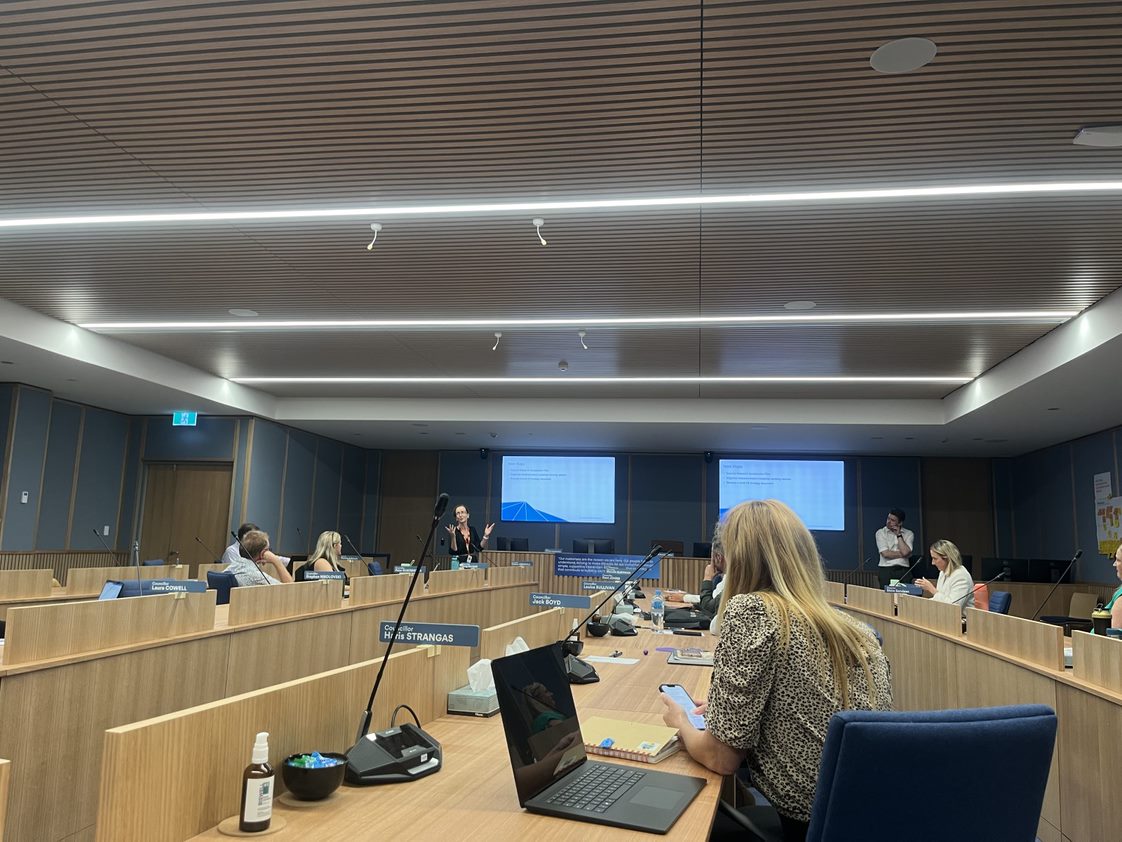Got your attention? How can we innovate without introducing some measure of failure? The question is: how fast can I fail and, how much can we learn on the way, so eventually we succeed?
Interesting view in the Financial Post.
“Rather than wait for the ideal moment, product or investment, bring your product to market now, even if it’s still in beta. Test the waters sooner rather than later, crash and burn (ideally, on the cheap) if you have to, learn what went wrong and repeat — over and over again.”
What are some of the barriers executives in the Enterprise put up against this view:
“We might tarnish our reputation”. Look at Google – who are just about to withdraw Google glasses from the market. Are they a failure? Have they tarnished their reputation? On the contrary. The press commends them for being entrepreneurial, for trying new things, for being out there first. Of course brand protection is important, but so is being seen to be innovative, ahead of the game, and willing to try new things that will ultimately benefit the customer.
“Failure in our company is not an option”. Hate to tell you – you are failing all the time. That last tender you lost – that was a filter. That last client that swapped to a competitor – that was a failure. That last employee who left – that was a failure too. You just don’t realise that you might be surrounded by success – but you are surrounded by failure as well. Get over it.
“We cannot take unfinished work to our clients”. Not true. Clients will love you if you come and just ask “So, what do you think?”. It shows you care about them, you value their opinion, and they have a chance to be part of the solution development process, rather than being sold a finished product at the end that may or may not suit them. Taking unfinished precepts to your clients is an excellent opportunity to engage – try it and you will see!
The article in the Financial Post continues:
I built Hootsuite around lean startup principles, which emphasize the importance of gauging customer demand and startup viability early on, before laying out lots of money. Far too many entrepreneurs try to impose their vision on the world, rather than listening carefully and responding nimbly to what the world really wants.
and concludes:
More than five years later, the tool we hacked together in our office is used by more than 10 million people and supported by a staff of 700. It’s evolved continuously from its first iteration, which would be barely recognizable to many of today’s users. And that’s the way it should be.
We could have spent those five years, and untold millions of dollars, slowly developing the perfect social media tool in secret before springing it on the world, and it might have been a complete flop. Instead we went live early, measured customer demand and adapted, over and over (and over) again. The lean startup approach is hardly rocket science but, applied rigorously, it can turn a good business into a great one and help a non-starter pivot to viability in 2015.











